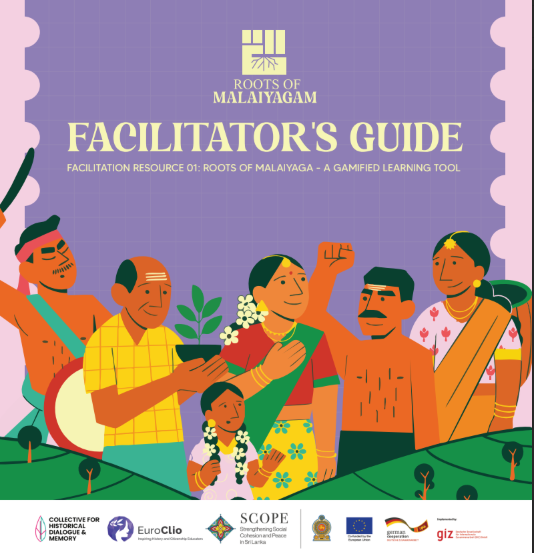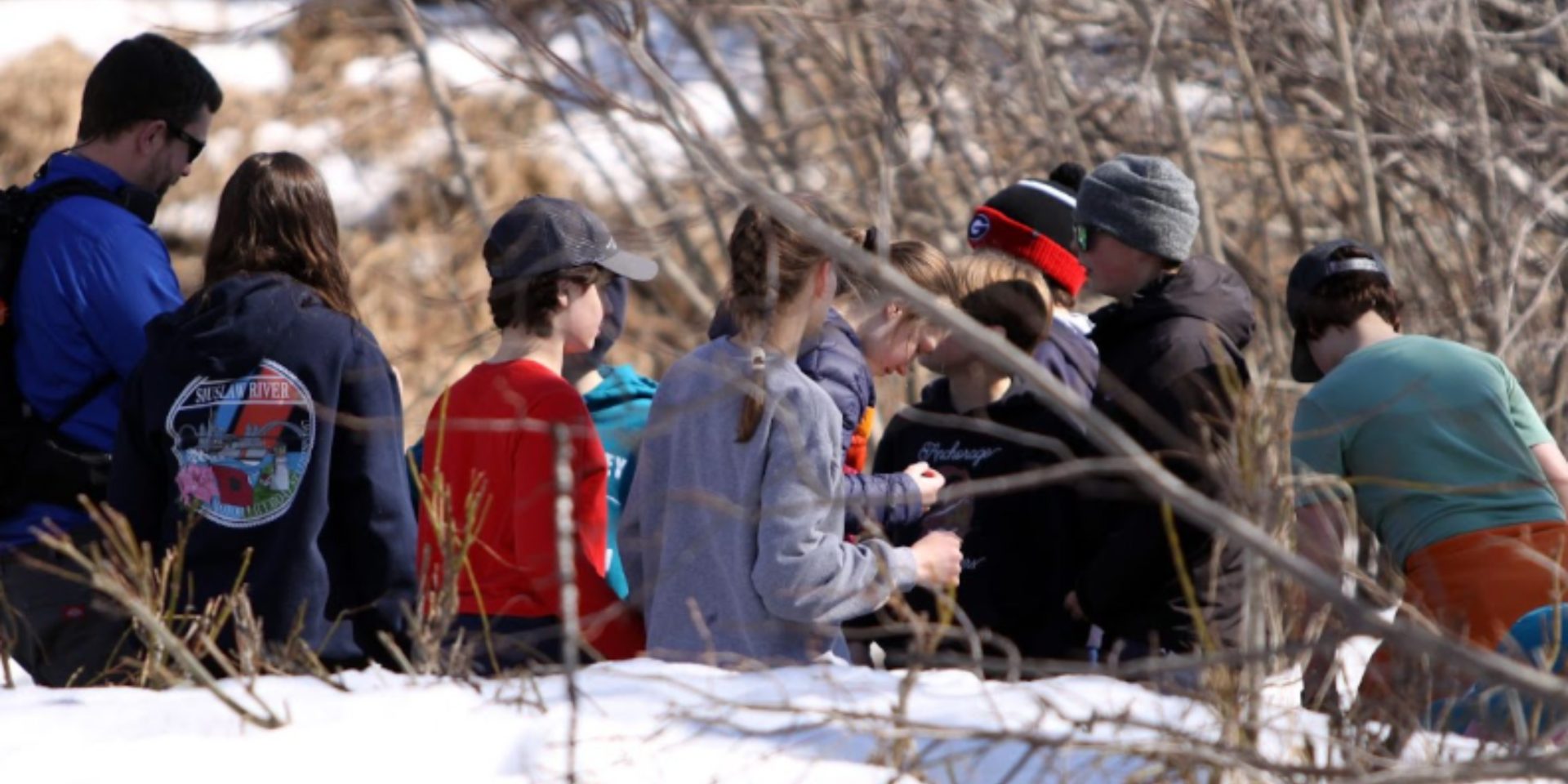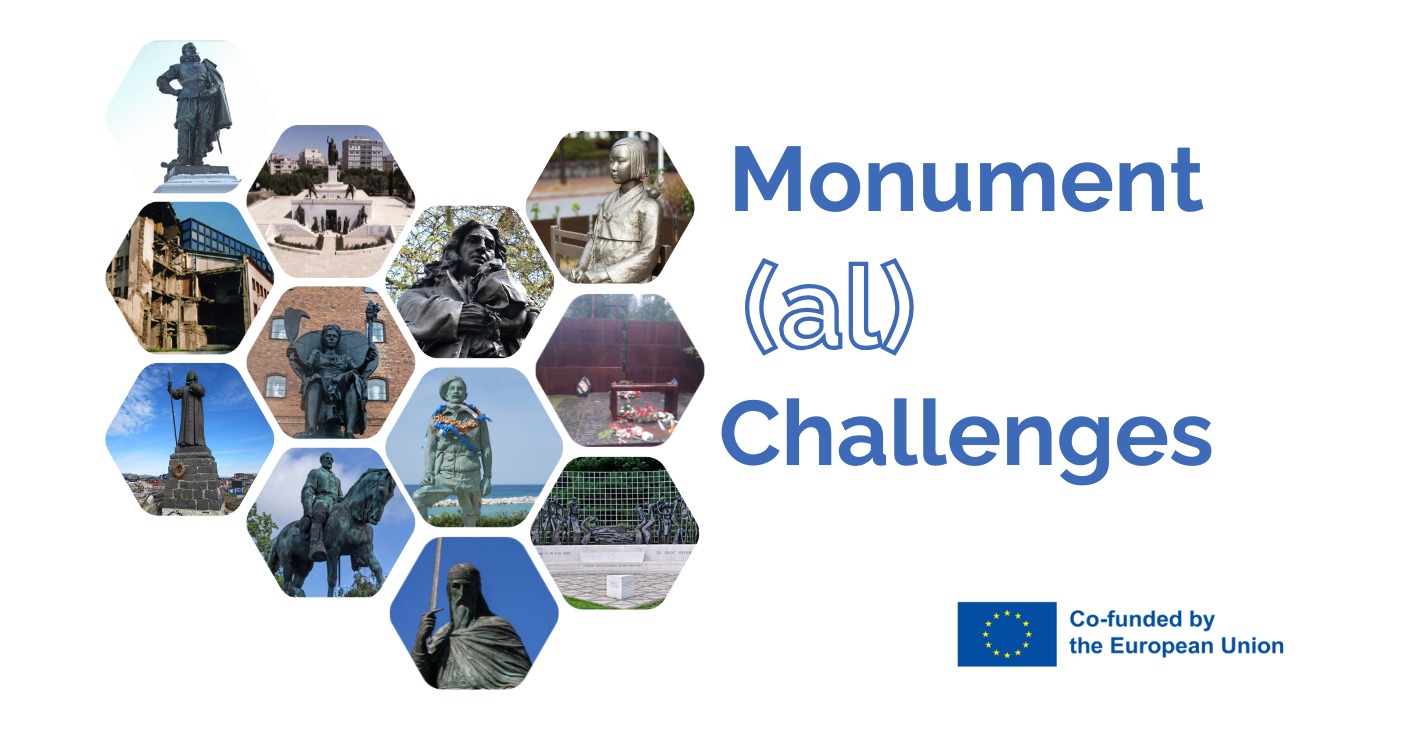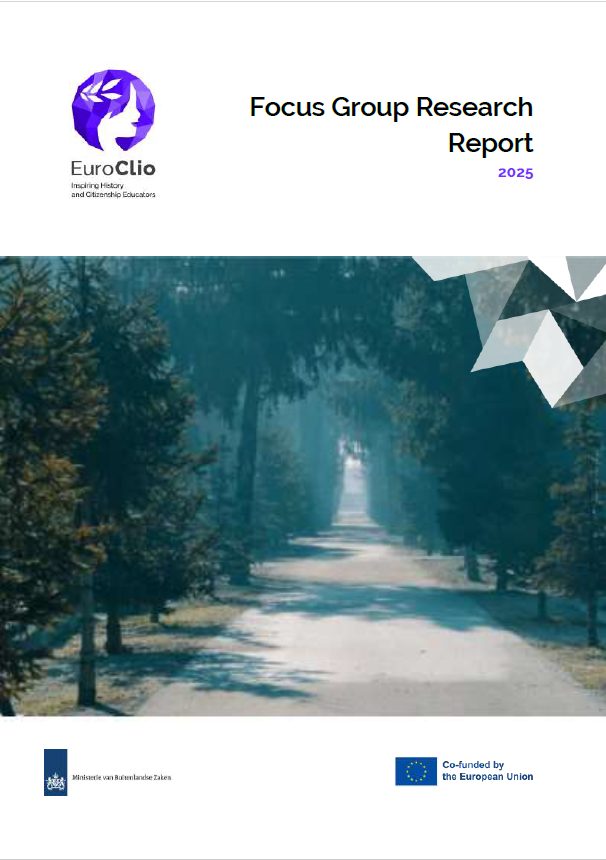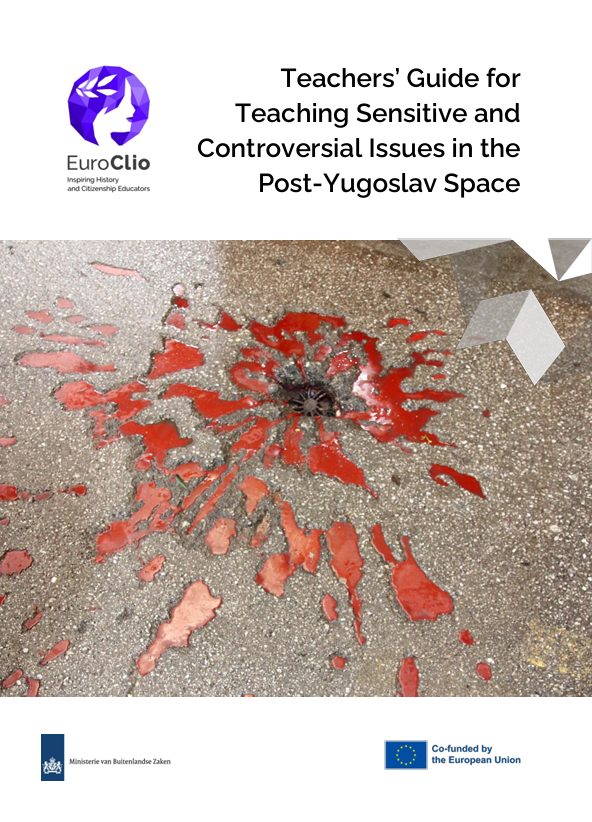This Teacher’s Guide addresses the fact that much of today’s information is consumed not through text but through image and the accompanying urgent need for our education system to adapt accordingly. Students learn about the world through the images they see on a billboard, a television screen, an election poster, a meme, or any one of the countless images that an algorithm conjures on a device on the palm of their hand. They say seeing is believing; cognitively and culturally we are far more likely to uncritically accept an image as truth. Just as we train students to question what they read and hear, we need to teach them to analyse what they see. The Guide provides teachers with some ideas for how to design lessons to enhance skills in visual analysis – starting from the basic deconstruction of an image, through analysing common visual devices, to finally contemplating how meaning is shaped intentionally by the creator of an image.
The Guide is available in English, Sinhala and Tamil languages.
This educational resource has been authored by Iraj De Alwis in the framework of the ‘Histories that Connect – Sri Lanka II‘ project, supported by Strengthening Social Cohesion and Peace in Sri Lanka (SCOPE) programme. SCOPE is co-funded by the European Union and the German Federal Foreign Office and implemented by GIZ in partnership with the Government of Sri Lanka. The content of the teacher guide does not represent the official position of the European Union, the German Federal Foreign Office, GIZ, or the Government of Sri Lanka.

